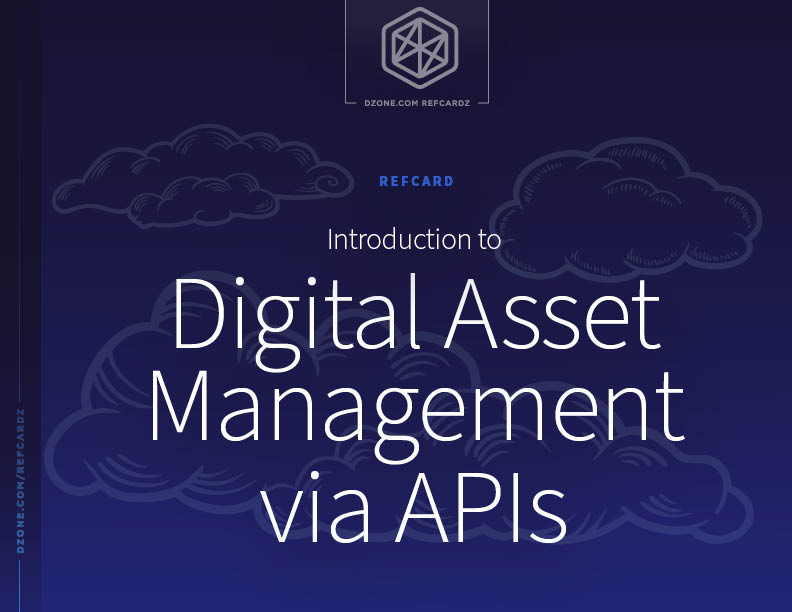| ||||||||||
| ||||||||||
| ||||||||||
Selasa, 25 Februari 2020
Baby Yoda and shorter mainframe cycles
Selasa, 18 Februari 2020
Create a URL-shortening application
| ||||||||||
| ||||||||||
| ||||||||||
Sabtu, 15 Februari 2020
Happy Birthday from KASKUS
| | |
|---|---|
| Hallo keysaput, Kami dari KASKUS mau mengucapkan Selamat Ulang Tahun untuk anda di hari yang spesial ini! Semoga panjang umur, sehat dan selalu dilimpahkan rejeki. All the best, KASKUS | |
| Copyright © 1999–2020 Kaskus Networks All Right Reserved. Kaskus is providing basic human rights such as freedom of speech. By using Kaskus, you agree to the following conditions: Use this site at your own risk and it is not the risk of the owner or the webhost. If you do not agree to these terms, please do not use this service or you will face consequences. kaskus.co.id | m.kaskus.co.id | |
Rabu, 12 Februari 2020
Efficiency in Big Data
| ||||||||||
| ||||||||||
| ||||||||||
|





 AGILE
AGILE AI
AI BIG DATA
BIG DATA CLOUD
CLOUD DATABASE
DATABASE DEVOPS
DEVOPS INTEGRATION
INTEGRATION IOT
IOT JAVA
JAVA PERFORMANCE
PERFORMANCE SECURITY
SECURITY WEB DEV
WEB DEV





